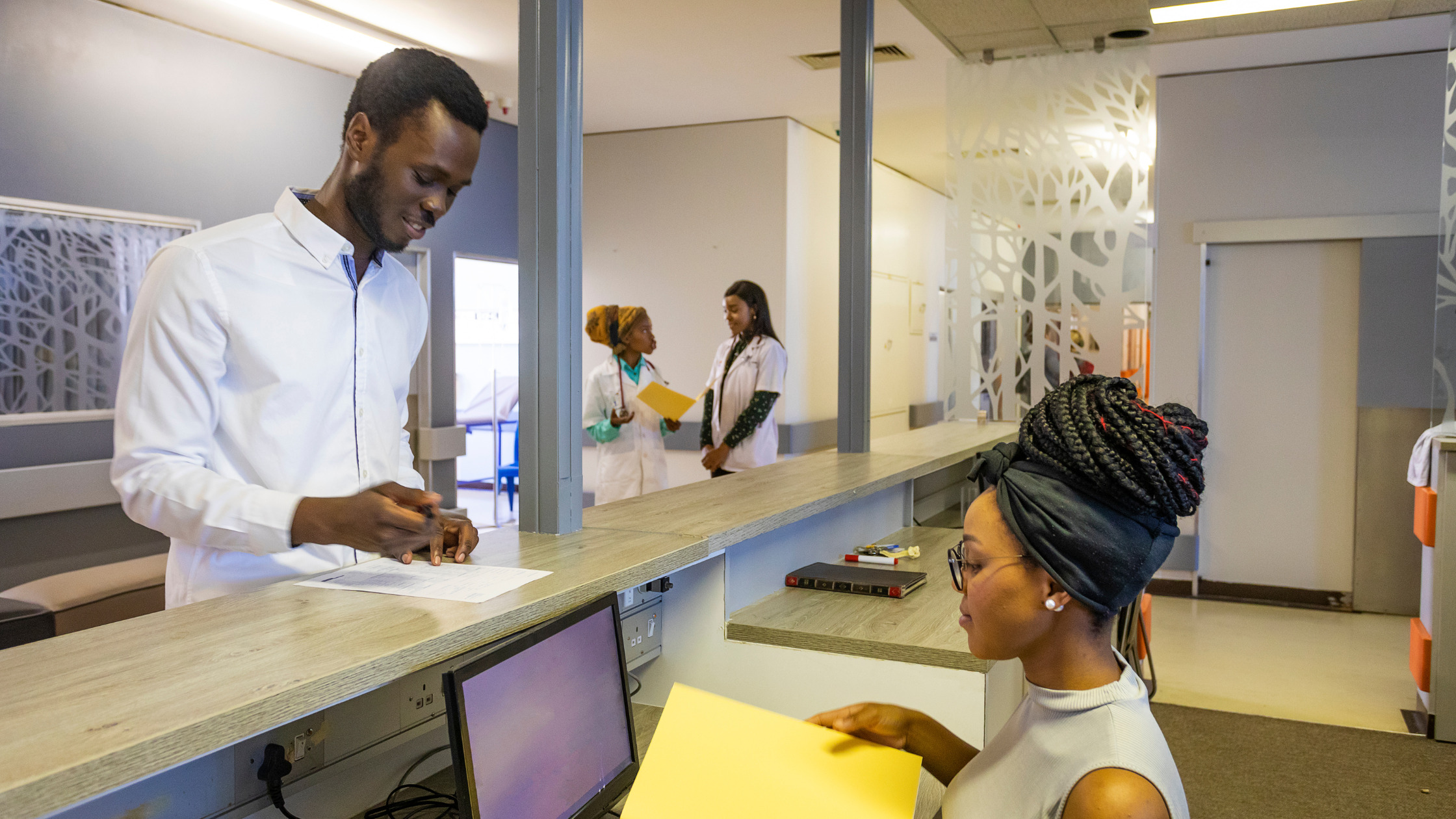While fundamentally being linked with the entertainment and gaming marketplaces, 3D rendering technology has found a spectacular opportunity in healthcare, transforming visualization and medical care procedures.
The integration of modern technology and preventative healthcare has resulted in remarkable changes. From the early days of CT scanners and mammography machines to 3D medical modeling, health care visualization has come a long way.
Medical imaging technology has redefined diagnostic accuracy and surgical planning, which ultimately enable professionals to understand the human body in a better way.
Understanding Medical Visualization
The process of creating three-dimensional representations of medical images and data such as X-rays, CT scans, MRI scans, and ultrasound images is commonly known as medical 3D visualization. 3D rendering in healthcare displays anatomical features, tissues, and disorders in interactive and detailed 3D models.
In order to create interactive 3D models, advanced technologies and techniques are utilized by professionals. By offering a realistic and comprehensive viewpoint on anatomical structures, medical 3D rendering improves the knowledge of healthcare professionals about complex medical problems and diseases.
Transformative Steps for Medical Professionals and Healthcare Industry
The Evolution of Medical Visualization
Medical data visualization has evolved from using only 2D pictures to 3D rendering techniques. Previously, medical professionals depended heavily on static images like X-rays and CT scans to diagnose problems and arrange treatments.
However, 2D representations often lacked the depth and complexity essential for a thorough knowledge of the human body. As a result, with the emergence of 3D medical rendering, medical imaging has entered a whole new dimension.
Applications Across Medical Specialties
3D medical visualization has plenty of applications across different medical specialities. This technology has transformed healthcare by delivering comprehensive, interactive, and precise three-dimensional representations of anatomical structures and medical data.
Here are some of the most important uses of 3D rendering in healthcare:
1. Dentistry and Orthopedics
Orthodontists utilize 3D models in dentistry to plan orthodontic treatments and analyze tooth and jaw alignment. This technique is used by orthopedic surgeons for accurate implant placement, joint replacements, fracture reduction, and much more.
2. Cardiology
3D visualization helps cardiologists in rebuilding complex cardiac structures, allowing them to accurately identify and treat heart diseases. This cutting-edge technology is very useful for planning treatments such as stent implants or heart valve replacement.
3. Neurosurgery
Neurosurgeons can efficiently plan complicated brain procedures, such as tumor removal and repair, using diagnostic 3D visualization. The technique helps in the identification of vital structures while minimizing injury to healthy tissues.
4. Radiology
Radiologists utilize 3D rendering to provide clearer insights into complex anatomical structures, supporting in more accurate diagnoses and reducing the need for additional imaging.
5. Reconstructive and Plastic Surgery
Medical imaging technology helps surgeons during reconstructive and plastic surgeries. 3D rendering supports the planning and execution of surgeries by restoring function and appearance after trauma, cancer treatment, or congenital defects.
Advantages of 3D Rendering in Healthcare Sector
Animated visualization has transformed the way medical practitioners diagnose, treat, and communicate with patients.
As a result, the following are some of the most significant advantages of medical visualization for medical experts and the healthcare sector:
1. Diagnostic Accuracy:
3D rendering offers an in-depth view of the human body from several angles, allowing medical doctors and professionals to precisely identify anatomical structures, tissues, and disorders that static 2D images may overlook. This results in precise and accurate diagnosis.
2. Improved Treatment Planning:
When planning surgeries, specialists can utilize 3D-rendered models to simulate difficult surgeries. This helps in conceptualizing surgical techniques, identifying potential problems, and improving surgical plans, eliminating the chance of complications.
3. Surgical Navigation:
3D models support surgeons in traversing complex anatomical structures during surgery. This reduces mistakes and allows surgeons to accurately identify vital structures, resulting in safer and more effective surgeries.
4. Patient Engagement and Understanding:
Visualizing medical issues and treatment strategies in 3D models allows patients to better understand complicated information. This results in better-informed decisions and active engagement throughout their healthcare journey.
5. Improved Outcomes in Complex Cases3D medical modeling:
provides a greater knowledge of the human body for patients with complicated or rare illnesses, allowing medical professionals to create and execute more successful treatment plans.
6. Efficient Communication:
Medical practitioners can use 3D medical rendering techniques to communicate more effectively with patients, colleagues, and physicians. This simplifies collaboration and enhances patient care coordination.
7. Cost and Time Savings:
Although initial investment is required, 3D rendering in healthcare eventually saves money by lowering the unnecessary costs for extra imaging, reducing issues, and boosting the utilization of resources.
8. Innovative Training Tools:
With the introduction of 3D rendering technology, medical specialists can offer a risk-free environment for healthcare practitioners to practice and enhance their abilities, which leads to improved surgical results.
9. Research and Development:
By allowing scientists to simulate and analyze illnesses, medication interactions, and treatment outcomes, 3D rendering speeds up the medical research processes. This enables the healthcare industry to adapt new technologies timely.
10. Education and Medical Training:
Interactive 3D models provide a hands-on learning experience for medical students and professionals. This technology allows for in-depth investigation of the human anatomy and medical procedures, which improves medical training and information retention.
Final Words
The revolutionary potential of 3D rendering in healthcare is undeniable. Medical imaging strategy improves communication, helps in surgical planning, and gives a better understanding of anatomical structures.
As technology evolves and availability improves, the healthcare business and professionals should expect to see more innovative applications of 3D rendering, ranging from individualized treatment techniques to immersive training experiences. Consequently, the future of healthcare appears optimistic and visually appealing with 3D medical rendering as a powerful ally.
Follow BOTTOMLINE STUDIO – Architecture Visualization, for more info visit our website Bottomline Studio.

